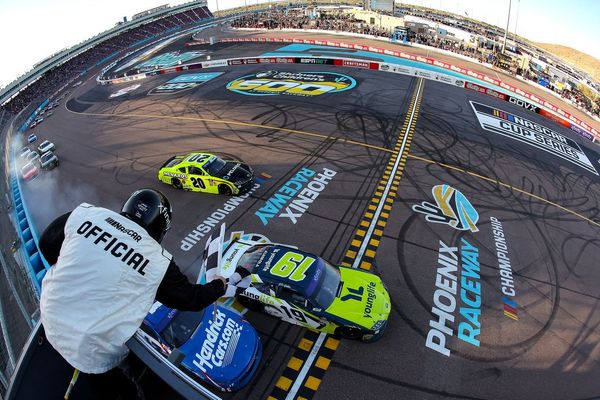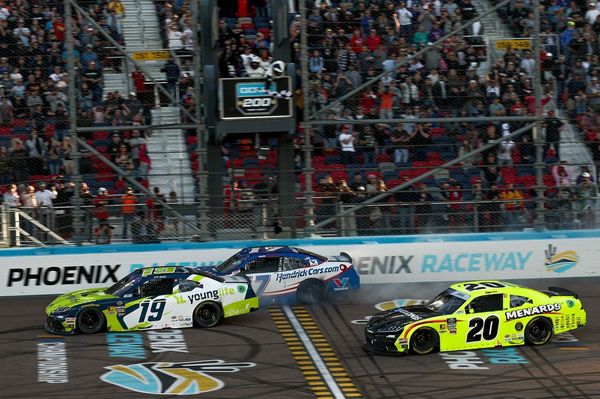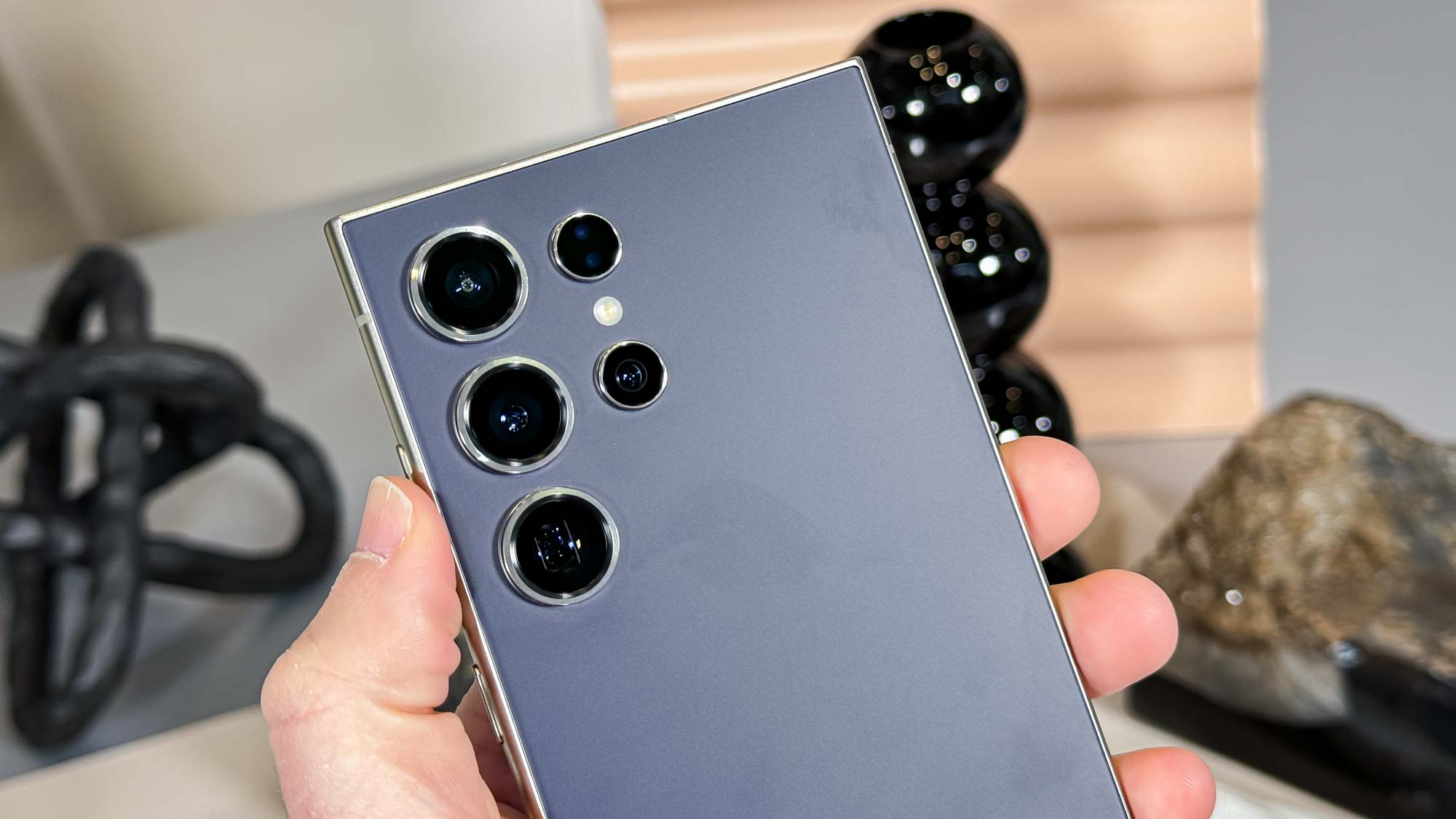
The launch of the Samsung Galaxy S24 Ultra is a big deal, not just because of Samsung’s new enthusiasm for AI, but also because of a simple design change — the flat glass display. That may not seem like such a big deal on the surface, until you remember this is the first time in almost nine and a half years Samsung has had an all-flat flagship phone line-up.
I’ve long criticized Samsung, and other phone makers, for sticking with the curved “Edge” display for so long. My argument was that Samsung was the company that started this trend, and even as Google ditched curved glass on the Pixel 8 Pro, we still needed Samsung to throw in the towel. Now it seems like I got my wish.
This is, without a doubt, the end of an era for Samsung and all other phones. But unlike the bittersweet feelings of the loss of the mute switch on the iPhone 15 Pro, I couldn’t be happier about this.
A brief history of Samsung’s curved Edge display
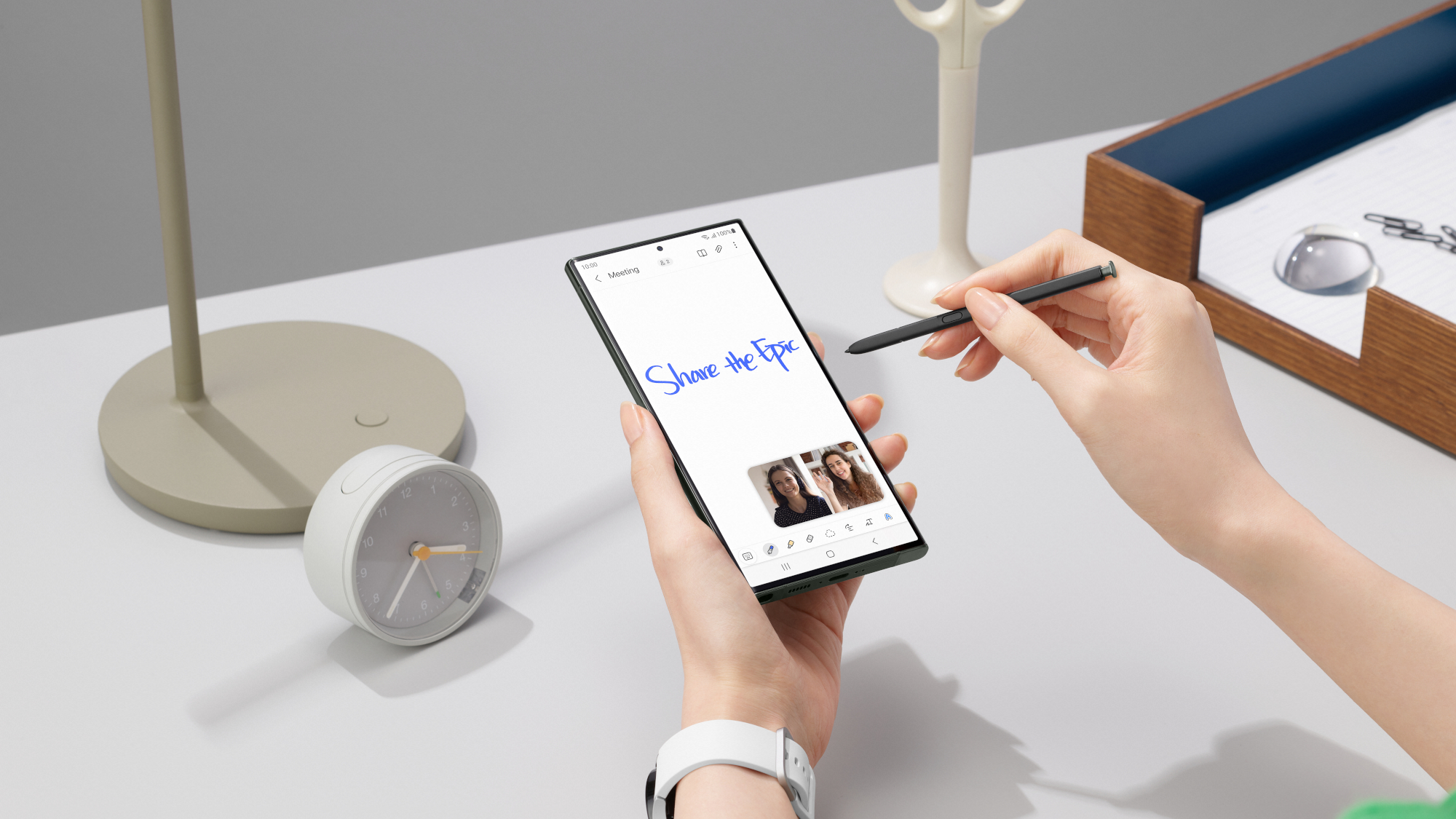
I distinctly remember when Samsung announced the first curved phone, the Galaxy Note Edge, back in late 2014. Curved displays were the 3D screens of the day. By which I mean there was a bunch of hype around the benefits of a technology that essentially went nowhere — accomplishing little beyond draining the bank accounts of early adopters. The only reason curved screens have survived is by catering to the market of super-serious gamers.
But back in 2014 that hype was in full swing, and there were rumors swirling about how phones could be the next big thing in curved screens. Unfortunately, Samsung unveiled a curved screen that wasn’t what people were expecting. Instead of something akin to the LG G Flex, we got the Edge display. A section of curved screen on the right side of the phone that Samsung pledged would be the new home of app icons, notification alerts and a bunch of other things.
Needless to say, I was not impressed, and remember wondering why this was the curved phone everyone was getting so excited about. It couldn’t even claim to have the same benefits a regular curved display could offer, like better immersion or comfort.
But apparently other people didn’t really think the same way as me. A few months later Samsung launched a second Edge variant alongside the Samsung Galaxy S6 — complete with a second curve on the left side of the screen. By the launch of the ill-fated Galaxy Note 7, the Edge display had apparently proved so popular Samsung was scrapping the flat-screen version entirely.
The mandatory curve stuck around on all Galaxy S and Galaxy Note models for a few years, until 2020. Not only was that the last year we had a new Galaxy Note, the Galaxy S20 and S20 Plus both had flat displays — with the Edge curves being reserved for the Ultra model.
The Galaxy Z Fold and Z Flip, which took over the Galaxy Note’s spot in the release calendar, never had any kind of curved display, so the feature remained a Galaxy S Ultra exclusive for the next three generations. That's now over.
Curved phone screens have never been worthwhile
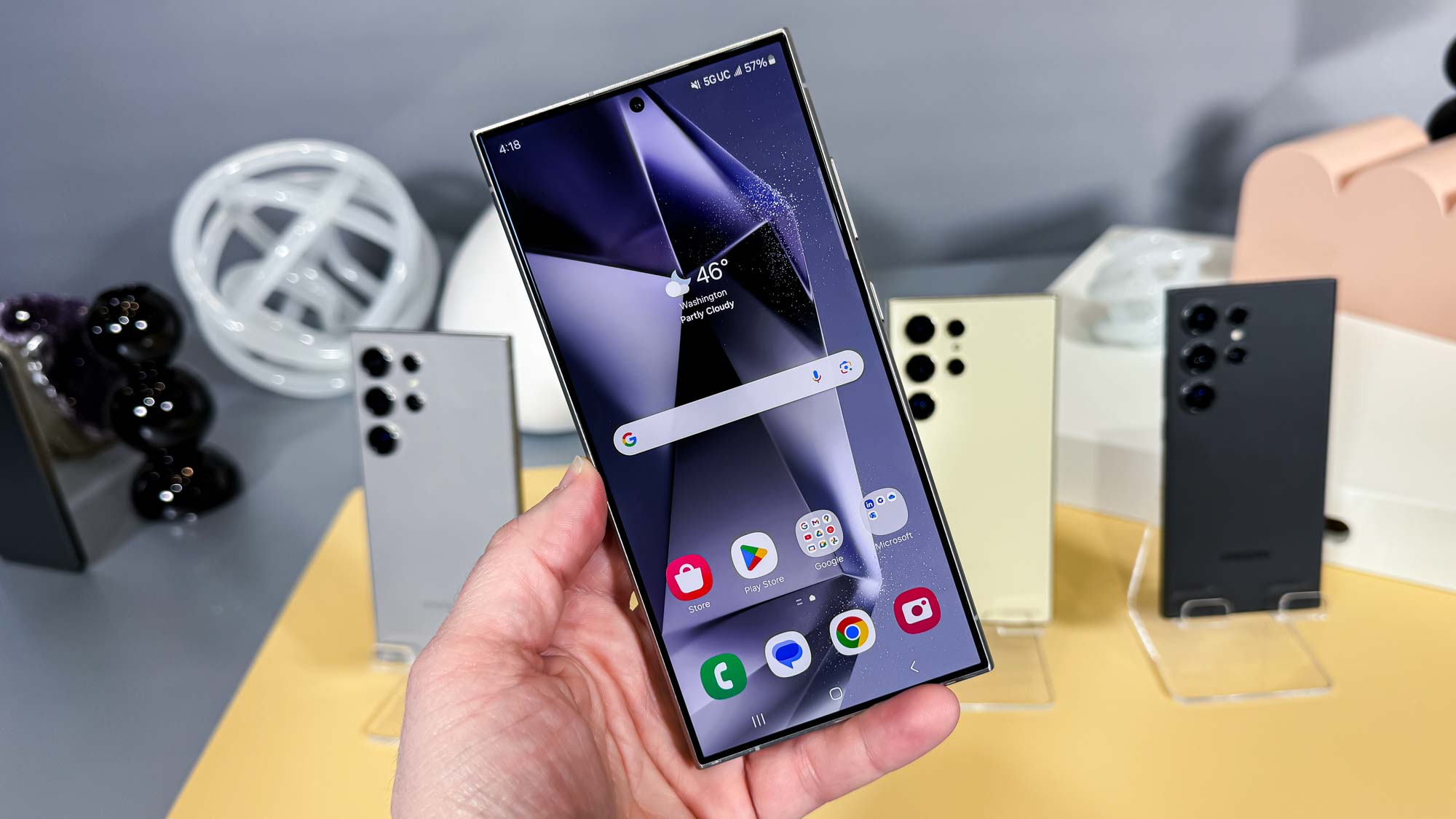
I’ve never been one to shy away from the prominence of curved displays, especially after they started appearing on phones from other companies. For starters. the practical benefits Samsung had promised when the Galaxy Note Edge didn’t last very long at all. In fact, cracks in the foundation were spotted as early as the Galaxy S6 Edge, which arrived less than 6 months after the Galaxy Note Edge made its debut. The Verge noted that the features were at best gimmicky, and at worst difficult to actually use — on account of the small curvy display getting in the way.
On top of that, as I have first-hand experience in, the bend on the display was detrimental to overall device durability. The curved section of the screen was a prominent weak point that was known to cause problems. It defeats the purpose of having a screen with a name like Adamantium Glass (™) if there are two massive weakspots running down both sides of the phone.
And, ironically, the curves made it harder to boost durability by adding a screen protector. I don’t recommend you try it, because the whole process is worse than standing on a Lego brick in the middle of the night.
Plus, as we noted in our review of the Samsung Galaxy S23 Ultra from last year, we mentioned that the screen was a lot flatter than previous generations — which made it easier to write on with the S Pen. Although it wasn’t just styluses that had problems on the curve, because even fingertips didn’t have any fine-tuned ability to get stuff done when the bend was in the way.
Samsung mentioned this during Galaxy Unpacked 2024, making a point of saying that the S24 Ultra’s new flat screen would be beneficial to stylus lovers.
Really the point of a curved display was the aesthetic benefits. While people did seem to like the design, the extra benefit was the Edge display made it a lot easier to hide the bezels on each side of the screen. Compare a flat Google Pixel 7 to a curved Pixel 7 Pro and you’ll see what I mean. Chunky bezels are pretty much universally despised, so you can kind of see what phone makers were trying to do.
Thankfully, Samsung has figured out you can shave down the bezel without meddling with the shape of the display. They may look bigger than they are to a handful of people, but that’s only because your eyes have been duped by curved displays for so long.
Curved screens aren’t totally dead just yet
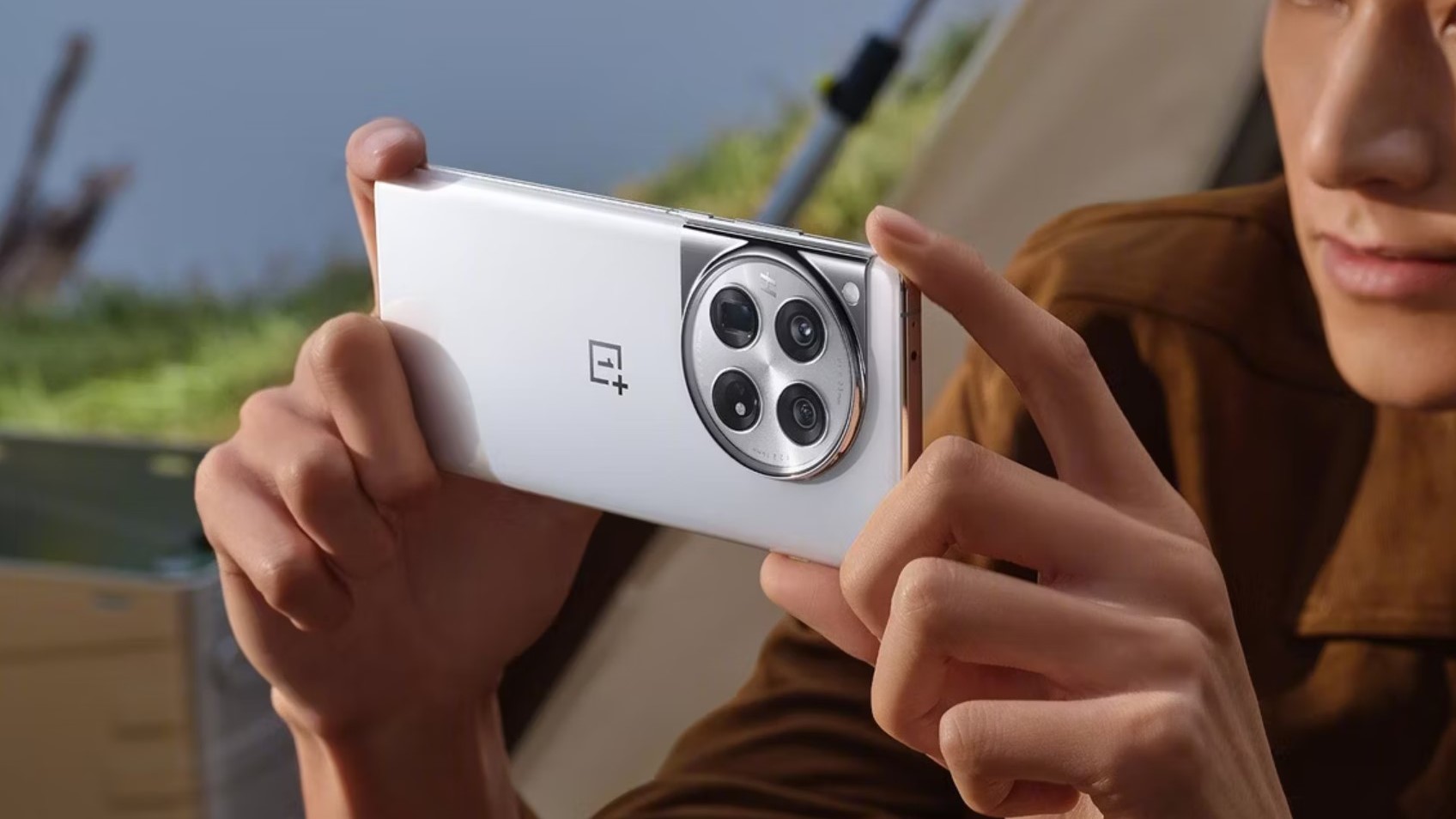
As the trailblazer for the curved phone trend, it’s a big deal that Samsung has given up on the design — but curved screens aren’t dead yet. They may not be anywhere near as prominent as they once were, but high-profile phones with curved screens do still exist. The OnePlus 12 is probably the best example, and that will be launching outside of China in just a few days.
And, if I’m being honest, there’s nothing to stop Samsung bringing the curved display back at some point in the near future. I can’t see it happening anytime soon, especially when chief rivals Apple have stuck with flat screen phones — even going so far as to make all the edges flat with the launch of the iPhone 12. But you can never say never.
Still, for now I’m just glad that Samsung has come to its senses, and dropped the curved screen phone from its line-up entirely. It really is the end of an era, even if that era was garbage and should have ended at least five years ago.




